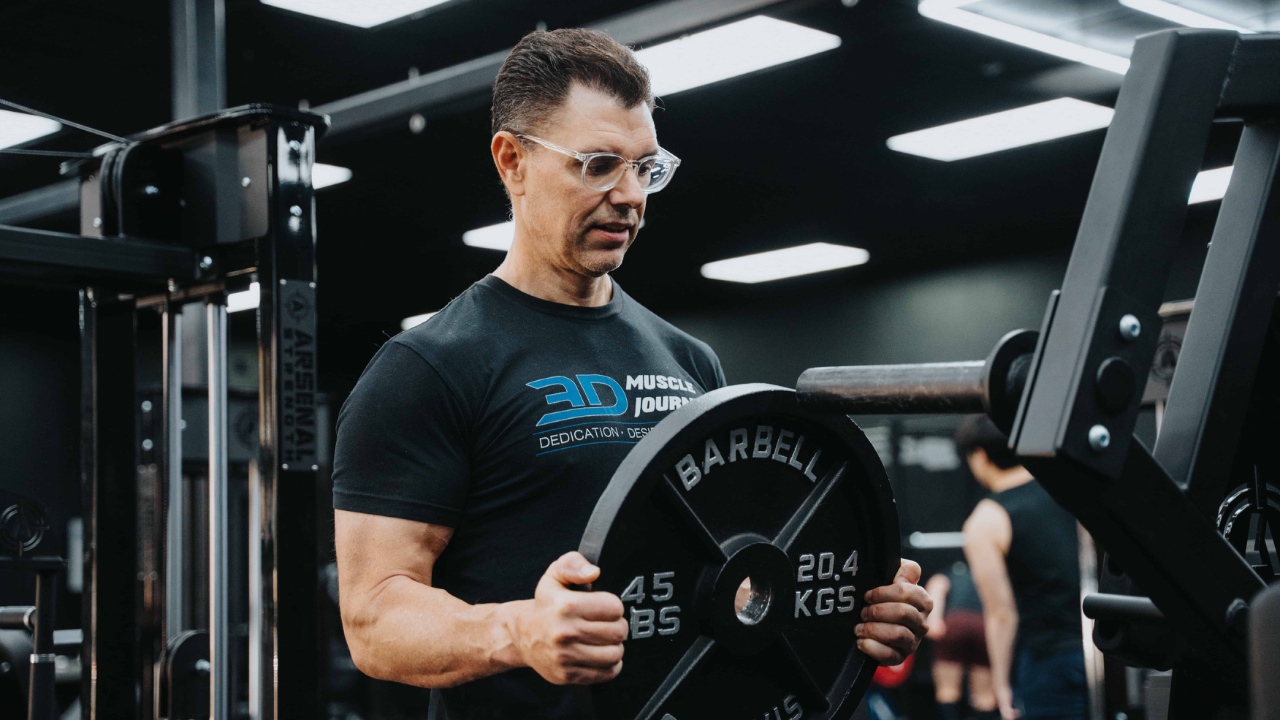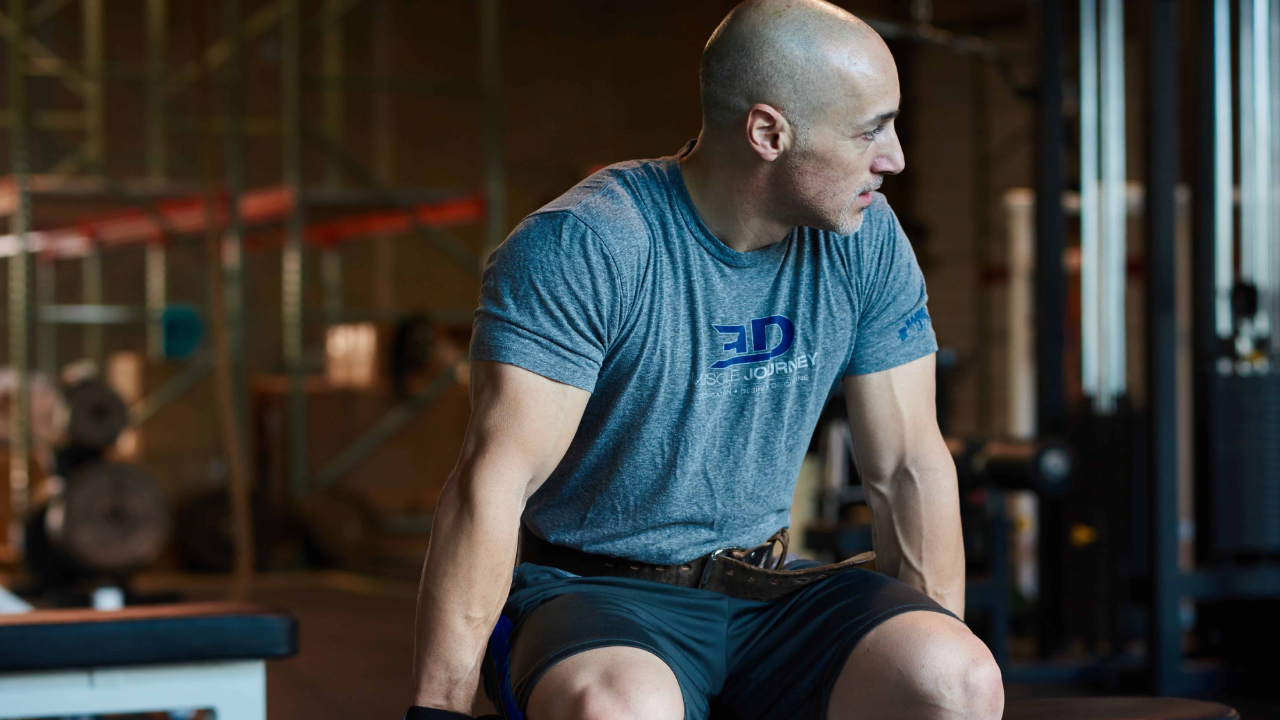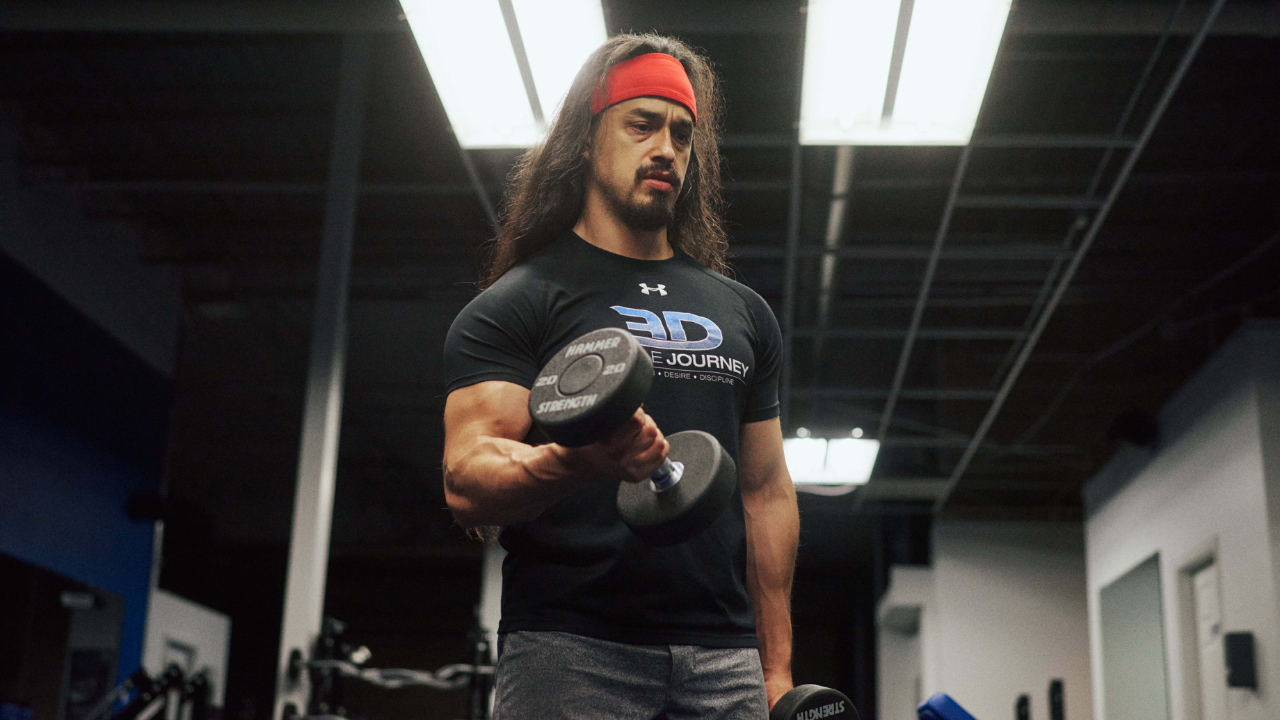BY: BRAD LOOMIS
A good percentage of athletes we work with want guidance on if they should work to gain, cut or maintain. I’ve dealt with that question 4 times this week alone. Athletes want our professional opinion of what exactly the focus of their programs should be geared toward. Probably the most important aspect of any program is that it has purpose. With that being said there is a great deal of context that should be taken into consideration, hence why we hold hour-long consultations.
- When/if you do plan to compete in a physique sport any time soon?
- When was the last time you went on a cut?
- Personal likes and dislikes?
- How effective/ineffective were cutting or gaining cycles previously? In other words, how much muscle/strength is lost or gained?
- How much time do you have to dedicate to training?
- How close are you to your genetic ceiling?
- How long have you been training?
- How old are you?
So, while all these things could be attended to in each of their individual blog posts, today I’m going to address simply a slow gaining phase or what some might call a “lean bulk.” For the most part, if you are an early stage intermediate or novice, you want to be in a caloric surplus substantial enough to produce weight gain (gaining ~1% of your bodyweight per month is a reasonable target) to maximize muscle gain during a standard bulk.
However, this article is specifically for an athlete who is looking to compete in under 18 months, is in already pretty good shape and only about 5-10% above stage weight. This is when it is especially important to consider “gaintaining”.
I love the term gaintaining. To be honest with you, I don’t know who came up with that term. However, to me, gaintaining is more of an effort than an accomplishment. The reason being, is that at a certain level in your development, muscle gain is a slow enough process that it should no longer look like a traditional bulk. Doing so will just have you repeating the process of getting fat. Rather, the effort is to focus more on gains in the gym vs the scale. Thus, the goal is more or less to gain strength on the movements in your bodybuilding training program (and hopefully some muscle mass in the process), while more or less maintaining weight. This is the set up that I like to use when writing programs for athletes who are only 10 – 15lbs over stage weight, in essence pretty darn lean, and have plans to compete in some sort of physique sport in the next 12 to 18 months, and who are intermediates or more advanced (which you really should be if you plan on getting on stage). This is especially a useful approach if the athlete is resistant to losing fat, or is “fat phobic”, as you’ll get more buy-in (and this gives them time to work on this issue while not dieting, which fat phobic individuals typically spend too much time doing).
When writing these programs, I start off by spending a lot of time collecting data to configure what maintenance calories are for the athlete. With 4 to 6 weeks of having the athlete record body weight 4 to 5 times per week while tracking calories during that period, I can analyze and get a really good estimate of what maintenance calories are at their current body weight and activity level, regardless of whether weight is gained or lost during the data collection period. Over time I found that after this process, I am can calculate within about ~85% accuracy what maintenance calories might be for ANY body weight for that person as long as life circumstances, job/training/outside activities, are maintained while the data is collected.
The actual process of this data collection period is not the focus of this blog, but in short, once we calculate maintenance, I simply have the athlete eat at roughly maintenance, or perhaps 500 – 800 calories over, per week (meaning only ~75-125kcal over maintenance per day). During this period, I set them up with training that incorporates as aggressive a progression-plan we can get away with, taking into consideration the training age and level of the athlete. Then we simply run it, without any initial plan to adjust or make changes. Our efforts are not to control body weight, nor have we planned for body weight to go up. However, we know that body weight will at least not go down much, if at all. If it does, it’s so slow that we won’t even see this occur on the scale for many weeks. When and if I do become aware that body weight is creeping down, this is not a big deal, especially if the training plan is being executed and is working (a recomp is more or less the goal anyway and while we’d prefer a small surplus, a slight deficit for a short period is no big deal). If I see this occur, we simply adjust and allow for slightly more food to get out of a deficit.
Remember, if done right with a proper baseline period, it’s more or less a mathematic certainty that the client gets a plan to eat at maintenance, or just slightly over. This creates a lot of peace of mind for both coach and athlete. The athlete can simply focus on executing the plan. If weight goes down on any given day or perhaps one week’s average is a bit lower than the previous, we don’t even pay any attention to it. Most of the time it’s a random variation, likely due to water weight shifting, that has no effect on the overall results of our program. We simply let the body weight do what it will, and focus on maximizing our efforts in the gym, and therefore the “gainz” that are possible within the constraints of the time available and with the big picture goals in mind: getting on stage in the near enough future that fat gain would do more harm than benefit, even if it came with some additional muscle. That’s the primary purpose of “lean bulking” in the final stages of the offseason before prep begins, ensuring you start in a good position in terms of body fat while getting food as high as possible. Yes, the goal is also to gain what muscle can be gained, but this has to occur without sabotaging the primary goal. Keep this in mind because far too many competitors have made the contest prep process far too difficult by aggressively bulking right before the diet starts.







